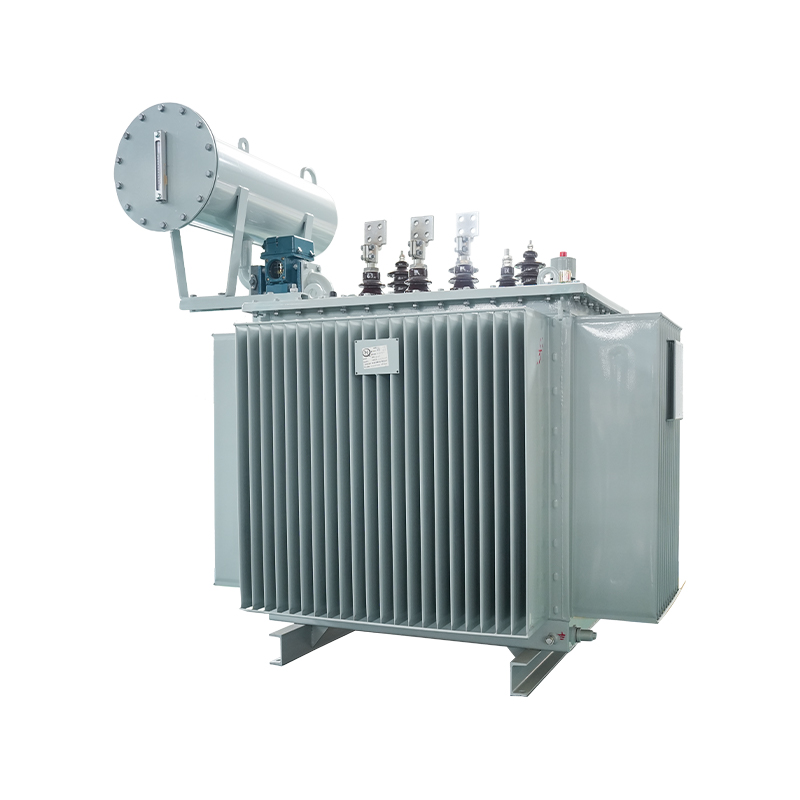What advancements or innovations are happening in distribution transformer technology?
Distribution transformers play a crucial role in electrical power systems, stepping down high-voltage electricity to lower levels suitable for residential, commercial, and industrial use. As the demand for efficient, reliable, and environmentally sustainable energy solutions continues to rise, the field of distribution transformer technology has witnessed significant advancements and innovations.
Amorphous Metal Transformers:
One notable innovation in distribution transformer technology is the use of amorphous metal alloys in transformer cores. Compared to traditional silicon steel cores, amorphous metal transformers exhibit lower core losses, resulting in improved energy efficiency and reduced operating costs over the transformer's lifespan. These transformers are particularly beneficial in applications where energy conservation and sustainability are priorities.
High-Temperature Superconducting (HTS) Transformers:
High-temperature superconducting (HTS) transformers represent a cutting-edge advancement in transformer design. By leveraging superconducting materials that exhibit zero resistance to electrical current at extremely low temperatures, HTS transformers offer several advantages. These transformers are more compact, lighter, and have higher efficiency compared to conventional transformers. Additionally, HTS transformers contribute to improved grid stability and reliability.
Smart Transformers:
The emergence of smart grid technologies has paved the way for the development of smart transformers. These transformers incorporate advanced monitoring, control, and communication capabilities, enabling real-time data collection and analysis. Smart transformers can dynamically adjust voltage levels, optimize power flow, and detect and respond to faults autonomously. By enhancing grid intelligence, smart transformers improve overall system efficiency, reliability, and resilience.
Solid-State Transformers:
Solid-state transformers (SSTs) represent a paradigm shift in transformer technology. Unlike traditional transformers based on electromagnetic principles, SSTs utilize semiconductor-based power electronics for voltage conversion and power flow control. SSTs offer numerous benefits, including higher efficiency, reduced size and weight, enhanced controllability, and compatibility with renewable energy sources and microgrids. These transformers are poised to play a crucial role in the transition towards a more decentralized and renewable energy-focused grid.
Transformer Monitoring and Diagnostics:
Advancements in sensor technology, data analytics, and predictive maintenance techniques have revolutionized transformer monitoring and diagnostics. Modern transformers are equipped with sensors that continuously monitor key parameters such as temperature, load, and insulation condition. Data analytics algorithms analyze this information in real-time, enabling early detection of potential issues and proactive maintenance interventions. By adopting a predictive maintenance approach, utilities can minimize downtime, extend transformer lifespan, and optimize asset management strategies.
Environmentally Friendly Insulating Materials:
In response to growing environmental concerns, research is underway to develop environmentally friendly insulating materials for transformers. This includes the use of biodegradable oils as alternatives to traditional mineral oils in oil-filled transformers. Additionally, solid insulation materials are being explored as substitutes for oil-based insulation, further reducing the environmental impact of transformer technology.
Integration with Renewable Energy Systems:
Distribution transformers are being adapted to seamlessly integrate renewable energy sources such as solar and wind power into the electrical grid. These transformers are designed to accommodate fluctuating renewable generation, provide voltage regulation, and support bidirectional power flow. By facilitating the integration of renewable energy systems, distribution transformers play a crucial role in the transition towards a cleaner and more sustainable energy landscape.

Contact Us